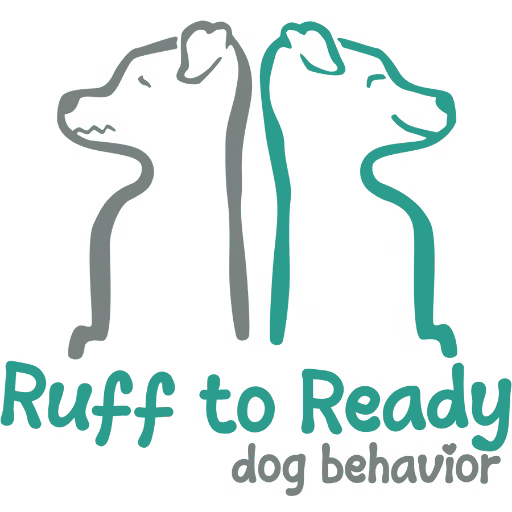Compassionate Dog Training
Rethinking the ‘Be the Boss’ Approach
When I was a teen, I remember watching The Dog Whisperer on the living room couch. The advice on TV matched what the adults around me believed:
“Be the leader.”
“Show the dog who’s boss.”
I didn’t question it. I just assumed that’s what dog training was supposed to be.
But here’s the thing:
The Dog Whisperer is a reality TV show. And reality TV isn’t always real life...
It’s surprising how the media can shape the way an entire generation thinks about dogs.
Have you ever noticed yourself repeating something you heard on TV or from a family member—then realizing later it didn’t fit your own dog, or your life?
The Power of Words
Words get tossed around a lot. Here are some of the big ones:
But how often do we pause and ask, what does that word actually mean—for dogs and for us? Sometimes looking up the definition can be an eye-opener.
What Does “Leader” Mean to You?
For me, leadership has been shaped by the mentors in my life—humans and canines alike.
Mentorship and Leadership
- The best mentors taught me to listen deeply.
- They held boundaries with grace, not harshness.
- They valued their time and taught me why my name and my time are what I truly own in life.
Instead of focusing on what I intended to say, I learned to listen with curiosity—to genuinely hear other perspectives. This approach changed not just my interactions with people, but how I help families with their dogs.
When “Be the Leader” Went Wrong
I remember an early-career moment when I tried to “be the leader”—and ended up facing a growling, lunging dog. That day changed everything for me. It’s why I now specialize in behavior problems involving aggression and fear.
Since then, safety has always been my first priority—for both humans and dogs. By focusing on prevention, trust, and real communication, I’ve been able to help many families and their dogs become more relaxed and truly happier together. I cannot thank Dr. Jim Crosby enough for his guidance—his lessons on safety and dog behavior influence and shape the way I work every day.
Why Dog Training Has Evolved
Dog training isn’t what it was in the 1980s.
Today, our homes, cultures, and expectations have changed. So must our training methods. I now prioritize:
- Preventing safety concerns and managing stress
- Decreasing stress through enjoyable activities (for dogs and humans)
- Training for real life with practical routines
- Giving dogs a way to express their natural instincts
Leadership, Mentorship, and Listening
Some of the people who have shaped my approach include:
- Dr. Temple Grandin
- Dr. Jane Goodall
- Dr. Patricia McConnell
- Dr. Ian Dunbar
- Dr. Sophia Yin
- Dr. Jim Crosby
- Dr. Alexandra Horowitz
- Suzanne Clothier
Many are retiring or passing the torch, but their lessons on clear communication, thoughtful questioning, and—most importantly—listening are timeless.
Listening: A Trainer’s Most Powerful Tool
I once worked with a client who’d been unheard by every trainer she’d met. Her dog was anxious, and she felt like a failure. Instead of diving in with solutions, I just listened to her story. By the end, she was in tears—not over her dog, but from years of holding in frustration. She felt like a failure, like she wasn’t doing things right
That’s when real change started.
Takeaways for Dog Owners and Trainers
- Check the definitions: Before you use words like “leader” or “dominant,” look up what those words really mean.
- Listen first: Hear the dog’s family and observe the dog before making a plan. As Dr. Ian Dunbar has taught me, ‘Test-Train-Test’ should be concomitant.
- Blend observation and communication: Combine what you see with what clients say.
- Lower stress for everyone: Activities that both dogs and people enjoy make real change possible. We all deserve to have more playful moments in our lives.
- Embrace mentorship: Learn from those before you, but adapt as needed for your own family and dog.
Final Thoughts: Words Matter—But Listening Matters More
Clear communication and open minds—plus a willingness to learn from dogs and from each other—will make us all better trainers, leaders, and human beings.
What words have shaped your relationship with your dog? Share your story below—I’d love to hear it!
